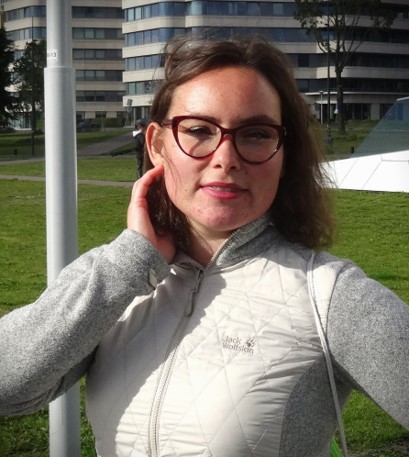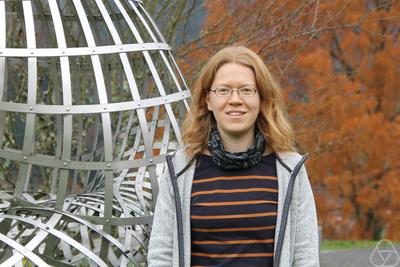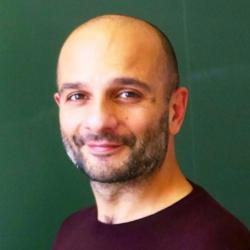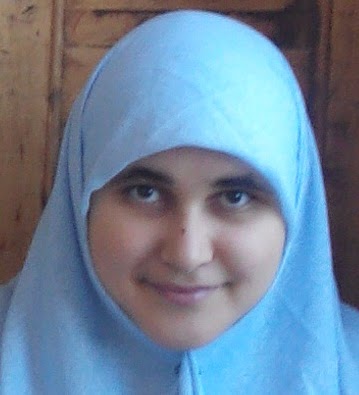Northeast and Midlands Stochastic Analysis Seminar

The workshop will be held on 6 and 7 June 2023 at the University of Warwick, followed immediately by the conference Stochastics, dynamics, and geometry (warwick.ac.uk) on 8 and 9 June, also held in Warwick.
Supported by Isaac Newton Institute Network grant, London Mathematical Society Network grant and the CRISM Centre at the Department of Statistics at University of Warwick
All talks take place in Zeeman Building room MS.04 at the University of Warwick.
Tuesday 6 June
| 13:00-14:30 | Lunch at Warwick Arts Centre, meet in Mathematics Common Room at 13:00. |
| 14:30-15:20 | Helena Kremp (TU Vienna) |
| Weak solution concepts for singular Lévy SDEs in the rough regime | |
| 15:20-15:50 | Tea Break |
| 15:50-16:20 | Sima Mehri (Warwick) |
| Poly-Exp Bounds in Tandem Queues | |
| 16:30-17:20 | Anton Thalmaier (University of Luxembourg) |
| Calderón-Zygmund inequalities on manifolds by Stochastic Analysis | |
| 17:20 | Pre-dinner drinks |
| Evening | Dinner |
Wednesday 7 June
| 9:40-10:30 | Karen Habermann (Warwick) |
| Stochastic processes on hypersurfaces in contact sub-Riemannian manifolds | |
| 10:30-11:00 | Tea Break |
| 11:00-11:50 | Mohammud Foondun (Strathclyde) |
| Almost sure blow up of stochastic partial differential equations | |
| 12:00-12:50 | Lorenzo Zambotti (Sorbonne Université, LPSM) |
| Regularity structures ten years later | |
| 12:50-13:40 | Lunch |
| 13:40-14:30 |
Feng-Yu Wang (Swansea, Tianjin) |
| Wasserstein convergence of empirical measures for non-symmetric Markov processes | |
| 14:40-15:30 | Massimiliano Gubinelli (Oxford) |
| The stochastic quantisation of the fractional \Phi^4_3 model in the full subcritical regime | |
| 15:30-16:00 | Tea Break |
| 16:00-17:00 | Probability Seminar: Augusto Teixeira (IMPA). Talk in B3.02 |
| Fluctuation bounds for Random Walks on Dynamic Environments via Russo-Seymour-Welsh | |
| 17:00 | Pre-dinner drinks |
| Evening | Dinner |
Thursday 8 June and Friday 9 June
The conference Stochastics, dynamics, and geometry (warwick.ac.uk), in honour of Peter Baxendale, will be held at Zeeman Building MS.02. Please see their website for details.
Attendance and Registration
Please register in the page below for the purpose of reporting to the funding bodies and preparing enough food.
Registration closes on Sunday 28 May
Organising Committee: Horatio Boedihardjo (Warwick Statistics), Zdzislaw Brzezniak (York), David Elworthy (Warwick Maths), Chunrong Feng (Durham), Roger Tribe (Warwick Maths), Zhongmin Qian (Oxford), Huaizhong Zhao (Durham)
Contact: Horatio Boedihardjo, horatio.boedihardjo@warwick.ac.uk
Abstract
Helena Kremp: Weak solution concepts for singular Lévy SDEs in the rough regime
In this talk we consider SDEs with Besov drifts beyond the Young regime and additive stable noise. We prove existence and uniqueness of solutions to the singular martingale problem, which was already known by ourprevious paper. Motivated by the equivalence of probabilistic weak solutions and solutions to the martingale problem in the case of bounded, measurable drifts, we then introduce a notion of weak solutions called "rough weak solutions" for singular SDEs. This generalizes "canonical weak solutions", which are wellposed in the Young regime, but which turn out to be non-unique in the rough regime. Using a combination of rough paths techniques and probabilistic methods, we are able to prove equivalence of rough weak solutions and solutions to the martingale problem. In particular, we can show an Itô-formula for rough weak solutions.This is joint work with Nicolas Perkowski.
Sima Mehri: Poly-Exp Bounds in Tandem Queues
When the arrival processes are Poisson, queueing networks are well-understood in terms of the product-form structure of the number of jobs $N_i$ at the individual queues; much less is known about the waiting time W across the whole network. In turn, for non-Poisson arrivals, little is known about either N_i's or W. This paper considers a tandem network
GI/G/1 to \cdot /G/1\to \cdots \to \cdot /G/1
with general arrivals and light-tailed service times. The main result is that the tail P(W>x) has a polynomial-exponential (Poly-Exp) structure by constructing upper bounds of the form
(a_I x^I+ ... + a_1 x+a_0) e^{- theta x}
The degree I of the polynomial depends on the number of bottleneck queues, their positions in the tandem, and also on the `light-tailedness' of the service times. The bounds hold in non-asymptotic regimes (i.e., for finite x), are shown to be sharp, and improve upon alternative results based on large deviations by (many) orders of magnitude. The overall technique is also particularly robust as it immediately extends, for instance, to non-renewal arrivals.
Joint work with Prof. Florin Ciucu
Karen Habermann: Stochastic processes on hypersurfaces in contact sub-Riemannian manifolds
We construct and study a canonical stochastic process on a smooth hypersurface embedded in a contact sub-Riemannian manifold. The generator of the stochastic process is defined outside a set of singular points on the hypersurface, and it arises as the limit of Laplace-Beltrami operators built by means of Riemannian approximations to the sub-Riemannian structure using the Reeb vector field. We carefully analyse three families of model cases for our setting obtained by considering canonical hypersurfaces embedded in model spaces for contact sub-Riemannian manifolds. In these model cases, we show that the canonical stochastic process almost surely does not hit singular points.
Mohammud Foondun: Almost sure blow up of stochastic partial differential equations
Blow up or non existence of global solutions is an important topic in the theory of partial differential equations. However, for stochastic partial differential equations, blow up problems haven’t received as much attention. In this talk, we will start off by reviewing some classical results for ODEs and PDEs and then describe some more recent results for SPDEs. This is based on joint work with E. Nualart and with E. Nualart and D. Khoshnevisan.
Lorenzo Zambotti: Regularity structures ten years later
Feng-Yu Wang: Wasserstein convergence of empirical measures for non-symmetric Markov processes
In this talk we briefly recall some recent progress on the Wasserstein convergence of empirical measures for symmetric diffusion processes, then introduce some new results for non-symmetric Markov processes, where the precise acceleration on the Wasserstein convergence is presented for divergence free non-symmetric permutations. The general results are illustrated by concrete examples.
Massimiliano Gubinelli: The stochastic quantisation of the fractional \Phi^4_3 model in the full subcritical regime.
Joint work with P. Rinaldi.
Augusto Texeira: Fluctuation bounds for Random Walks on Dynamic Environments via Russo-Seymour-Welsh
In this talk we will review a few general statements about Random Walks on Dynamic Random Environments (RWDRE). As expected, if the random environment satisfies stronger mixing conditions, more can be said about the behavior of the random walk. Then we will focus on a recent work establishing lower bounds on fluctuations for certain RWDRE models. This result requires the environment to be symmetric, satisfy the FKG inequality as well as a mixing condition. The techniques employed in the proof are inspired by percolation theory and the Russo-Seymour-Welsh (RSW) inequality. We finally exemplify our main result with two examples of environments: a class of Gaussian fields and a Confetti percolation medium.




Confirmed Speakers

Anton Thalmaier
Feng-Yu Wang

Helena Kremp

Karen Habermann

Lorenzo Zambotti

Massimiliano Gubinelli
Mohammud Foondun

Sima Mehri
